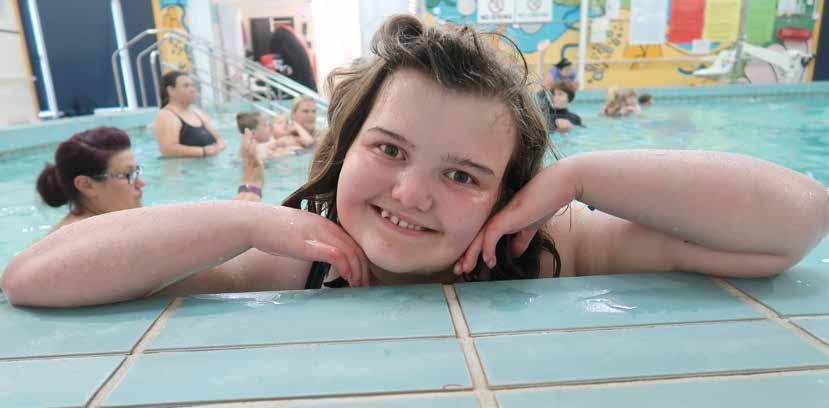THE EFFECTIVENESS OF
specialised seating FOR CHILDREN
BY MARTINA TIERNEY - OT AND CLINICAL DIRECTOR AT SEATING MATTERS
I
n many cases children spend most of their time in a wheelchair to enable their mobility and encourage independence. Often these wheelchairs are designed primarily for mobility and posture with moulded seating. While this type of seating is essential for their current and long term needs, I believe there is also a role for more comfort seating which also provides postural support and pressure management to complement their use of the wheelchair. This comfort seating should be designed to give the child an alternative to their wheelchair without compromising the therapeutic goals of seating. Often, when children want to get a break from their wheelchair they frequently sit or lie on a sofa or reclining type chair which is not providing appropriate support and negatively affecting their posture. This practice will reduce the effectiveness of their wheelchair by allowing the child to maintain an abnormal posture on the sofa. It is often hard for an able-bodied person to understand what it feels like to be seated for long periods of time and how a child’s life is affected if they are not seated in the correct chair. This is because an able-bodied person is able to re-
24
adjust their position before getting uncomfortable. Comfort in seating is my ultimate goal for my clients. If the child is positioned well and comfortable, their functional ability is increased. They remain longer in their chair and participate more readily in daily activities. Play and activity are a major element in child development. It stimulates their language and communication skills. Seating children in effective seating solutions will improve their physical, cognitive and sensory abilities by encouraging play. GOALS OF SEATING • To improve functional ability e.g. feeding, drinking, writing etc. • To support, improve or maintain physiological function e.g. swallowing, respiration, digestion, elimination • To maintain or improve psychological function e.g. effective communication, socialising, eye contact and self-image One of the main objectives of seating is to stabilise the pelvis and support the trunk. When the pelvis and trunk are supported









